Should I re-pot?
rickjames
18 years ago
Related Stories
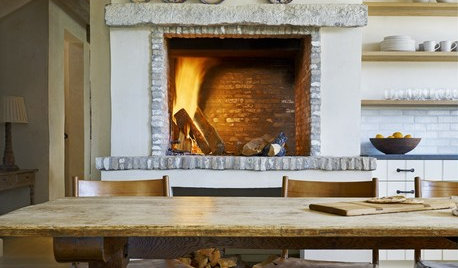
LIFEYou Said It: ‘Pretend You’re in a Swiss Chalet’ and More Houzz Wisdom
Design advice, inspiration and observations that struck a chord on Houzz this week
Full Story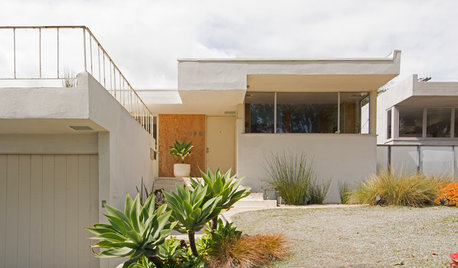
EVENTSMy Houzz: They’re Right at Home in Their Schindler House
Chance brought a couple to their Inglewood home designed by the L.A. midcentury architect. It will be part of a June design tour
Full Story
LIFE10 Reasons to Be Happy You’re a Renter
Homeownership has many benefits, but there are upsides to not owning a home too
Full Story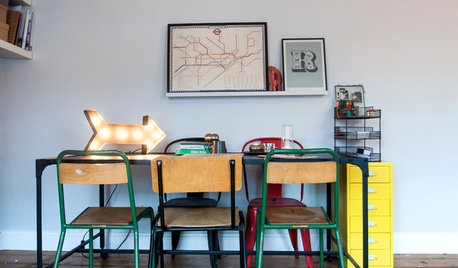
LIFEFun Houzz: 14 Signs You’re an Interiors Geek
Are you obsessed with interiors? It’s OK, you can admit it — you’re among friends
Full Story
DECORATING GUIDESHow to Decorate When You're Starting Out or Starting Over
No need to feel overwhelmed. Our step-by-step decorating guide can help you put together a home look you'll love
Full Story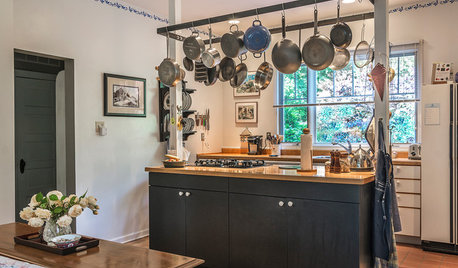
ORGANIZINGHouzz Call: Show Us How You're Getting Organized
If you’ve found successful ways to declutter and create order at home, we want to hear about it. Share your ideas and photos!
Full Story
HOME TECHOn the Internet, Nobody Knows You're a Lamp
Home appliances and devices are poised to get on the Internet and start messaging one another. Here's why that'll be great for you
Full Story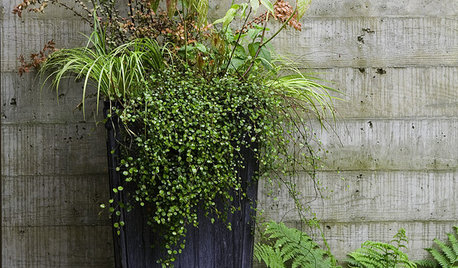
GARDENING GUIDESThe Secret Formula for Grouping Plants in a Pot
Designing a gorgeous container garden is easy once you know this simple rule of thumb for composition
Full Story
CONTAINER GARDENSSolve Your Garden Border Dilemmas With Planted Pots
Set your containers free from the patio — placed among plantings in the ground, they fill unsightly gaps, let you experiment and more
Full Story
GARDENING AND LANDSCAPINGGet the Dirt on Potting Benches
Possibly a gardener's best friend, potting benches have some surprising uses both outdoors and inside the home
Full StorySponsored
Columbus Area's Luxury Design Build Firm | 17x Best of Houzz Winner!
More Discussions






tapla (mid-Michigan, USDA z5b-6a)
girlfromthegarden
Related Professionals
Allentown Landscape Architects & Landscape Designers · Marina Landscape Architects & Landscape Designers · Middle Island Landscape Architects & Landscape Designers · Frisco Landscape Contractors · Cerritos Landscape Contractors · Louisville Landscape Contractors · New Braunfels Landscape Contractors · San Carlos Park Landscape Contractors · Washington Landscape Contractors · Welby Landscape Contractors · Lewisville Decks, Patios & Outdoor Enclosures · Castle Rock Fence Contractors · North Miami Beach Fence Contractors · Pekin Fence Contractors · Santa Fe Fence Contractorsgene_washdc
girlfromthegarden
tapla (mid-Michigan, USDA z5b-6a)
rickjamesOriginal Author
girlfromthegarden
gorgi
bjs496
girlfromthegarden
bjs496
girlfromthegarden
tapla (mid-Michigan, USDA z5b-6a)
bjs496
girlfromthegarden
tapla (mid-Michigan, USDA z5b-6a)